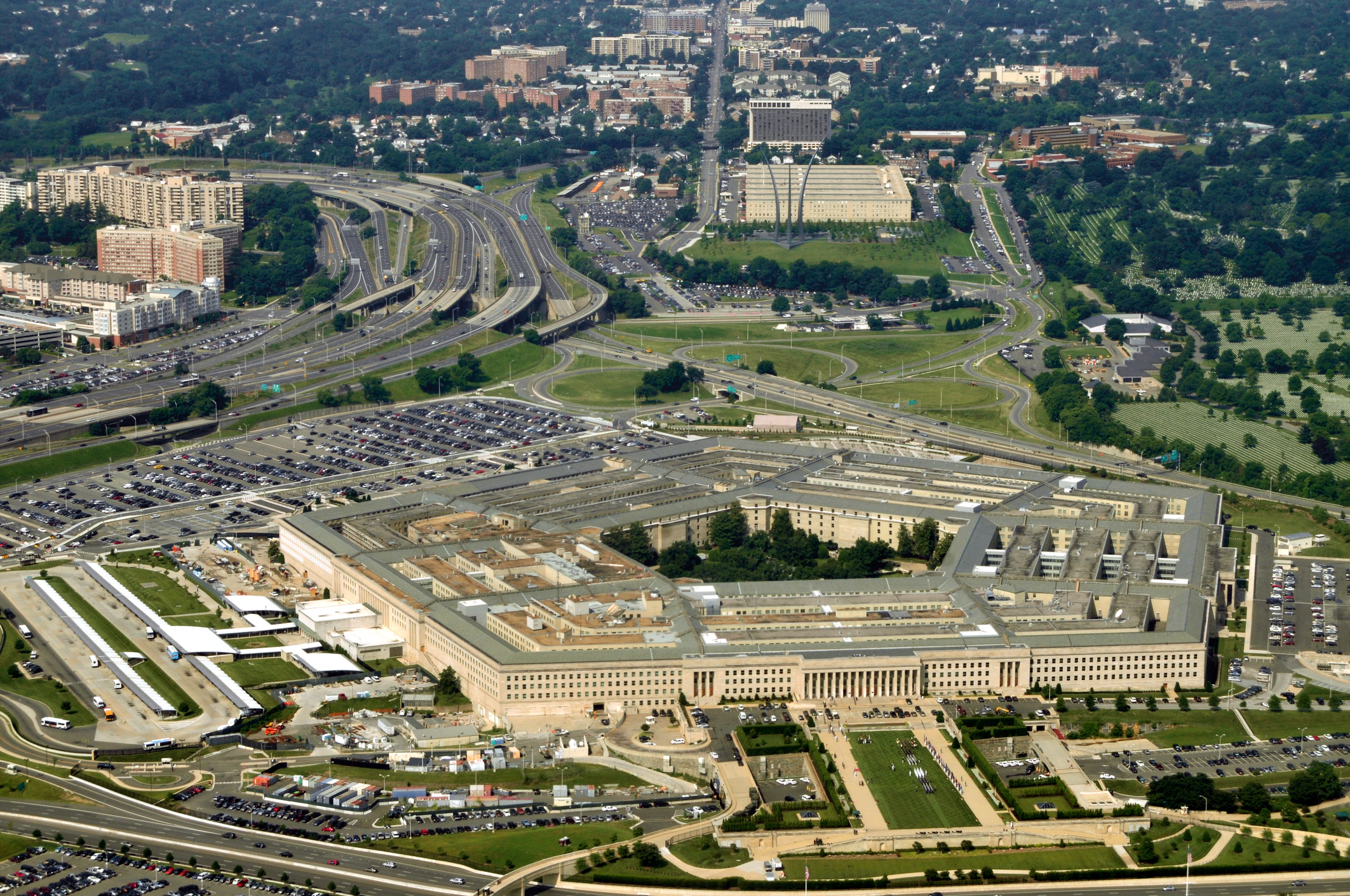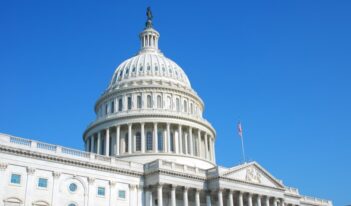
Scholar examines how agencies operate independently of courts through rulemaking and legislative drafting.
Much of the news surrounding the Trump Administration’s first year in office has focused on President Donald Trump’s nominees for Cabinet positions and their respective views on the proper limits of federal agency power. And although not all of the newly minted Cabinet officials have made their views clear, their confirmation hearings have raised important questions about how and when federal agencies should be answerable to other branches of government.
In a recent working paper, Christopher Walker, Professor of Law at The Ohio State University Moritz College of Law explores the relationship between federal agencies and courts, and argues that agencies operate with minimal judicial oversight in two key ways: through rulemaking, and through agency involvement in legislative drafting.
As Walker observes, there are a number of ways that agencies can regulate without judicial review. For instance, the U.S. Department of Defense has wide latitude to advance its environmental goals through military contracts and processes, and certain federal agencies have broad discretion to manage public lands and fisheries. But apart from these types of regulatory discretion, agencies also engage in forms of lawmaking that are largely insulated from review by courts.
According to Walker, one of the chief ways that agencies engage in lawmaking that is unsupervised by courts is the rulemaking process. In certain situations where a statute passed by Congress contains ambiguity, courts typically give agencies a certain amount of “space” to interpret this ambiguity, as long as the agency’s interpretation remains reasonable.
Although scholars have previously observed that agencies do, in fact, struggle to overcome judicial review of the choices they make during the rulemaking process, Walker suggests that courts evaluate agency rulemakings using a low bar. This lenient standard, Walker asserts, allows agencies to operate almost “without judicial interference” and “creates a space for agency lawmaking that is insulated from judicial review.” Furthermore, according to a 2013 survey by Walker of federal agency officials, agencies are not only aware of when they are likely to be provided this “space” by courts, but they also tend to regulate more aggressively in anticipation of this regulatory discretion.
Apart from the rulemaking process, Walker points to agency involvement in drafting statutes as another way that agencies engage in lawmaking without judicial oversight. As described by the Administrative Conference of the United States, an independent federal agency that focuses on improving the administrative process, agency involvement in the legislative process can range from “review of draft legislation to requests for the agency to draft legislation based on specifications provided by the Congressional requester.”
But because Congress expects its requests for agency assistance to remain undisclosed and confidential, Walker states that this type of “legislating in the shadows” raises a number of concerns about how courts should approach agency involvement in the legislative process.
One possibility is that, by assisting Congress with legislative drafting, agencies could purposefully leave statutes ambiguous and self-delegate more authority to themselves. In this scenario, Walker asks, should courts provide less discretion to agencies when they interpret ambiguous statutes that they themselves have drafted?
Conversely, should courts allow agencies greater discretion when those agencies have been intimately involved in the drafting of a statute, and may thus have an expert understanding of the purpose of the statute? Walker observes that these questions cannot currently be answered by courts because they do not review agency involvement in the legislative drafting process.
Walker notes that, despite these lingering questions, agency involvement in the legislative process can be beneficial to Congress by providing legislators with valuable technical guidance on policy or program-specific issues. How helpful agency involvement can be depends in part on
the structure of an agency’s internal organization chart. In most agencies, according to Walker, “the lawyers who draft the regulations and the lawyers who help draft the legislation do not directly interact.” But in agencies where the same lawyers draft rules and legislation, this type of overlap allows expertise in one area to be applied in another, creating beneficial synergies.
As examples of this positive overlap, Walker points to the U.S. Department of Energy as well as the U.S. Department of Housing and Urban Development, where agency lawyers in the general counsel’s office draft statutes and subsequent regulations implementing them, allowing them to “leverage agency expertise when assisting Congress.”
But regardless of whether these types of agency actions should be insulated from review by courts, Walker observes that one benefit of studying internal administrative processes is that “we are forced to consider other actors and factors that enable and constrain agency action.”
Walker’s paper will be published in Florida State University’s Journal of Land Use & Environmental Law.



